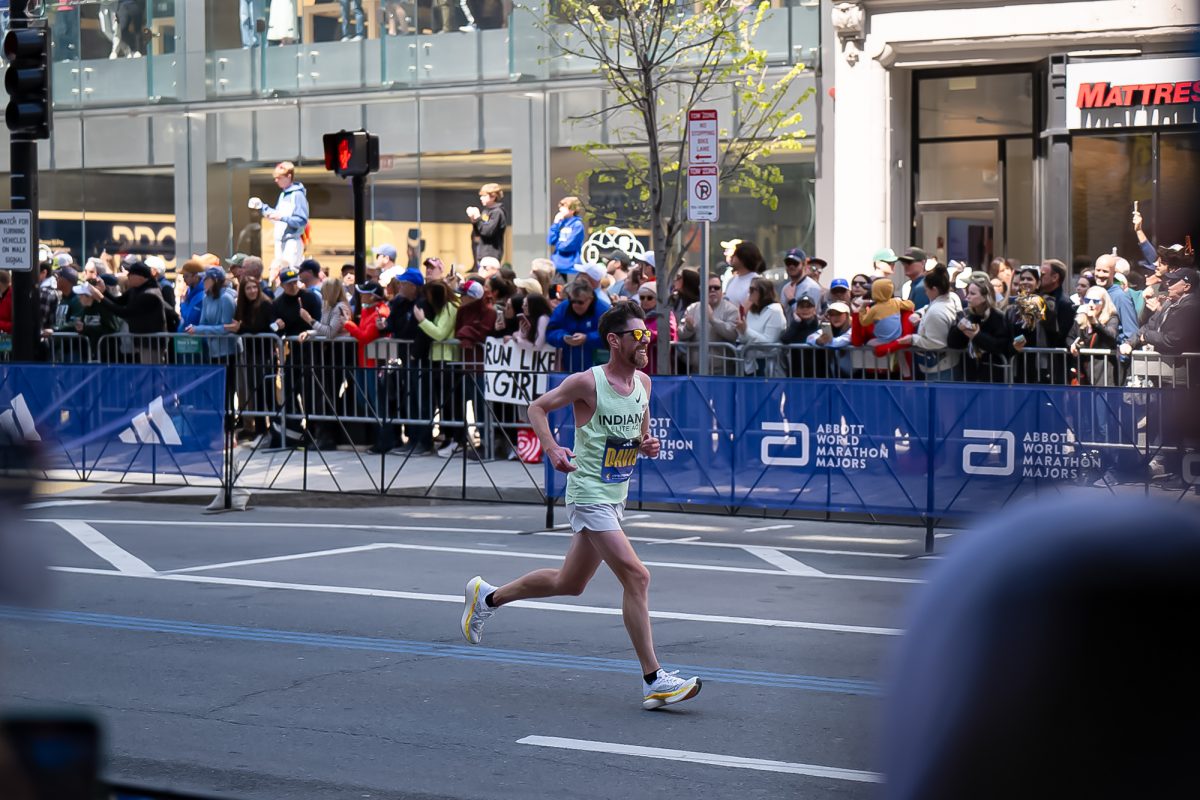By Shivank Taksali, news correspondent
The East Boston Public Library (BPL) has achieved Leadership in Energy and Environmental Design (LEED) Gold certification in keeping with the city’s commitment toward boosting sustainability and augmenting environmental eco-friendliness.
“The City of Boston is committed to green design practices and eco-friendly development,” Mayor Martin J. Walsh said in a Sept. 30 press release. “By earning LEED Gold certification, the state-of-the art East Boston branch demonstrates how a successful architectural addition to a community can also be a sustainable one.”
The LEED certification system has three levels: Silver, Gold and Platinum, from lowest to highest.
Dan Adams, assistant professor of urban landscape at Northeastern, described the details of LEED certification in terms of sustainability.
“Sustainable design is the concept of designing buildings in a harmony with the natural environment,” Adams said. “That’s where you’re talking about building that as an efficient energy system – it reduces its energy.”
Sustainable design is achieved in a variety of ways. According to Adams, LEED-certified buildings are built using sustainably-harvested material that is locally sourced. Additionally, the building must be designed with good principles of electrical management, using as much natural light and as little electrical lighting as possible. The cornerstone of sustainable architecture is efficiency.
“The building is built efficiently, it operates efficiently, it encourages people to have efficient lifestyles with the building,” Adams said.
Efficient lifestyles are increasingly important with people living most of their lives inside, according to David Fannon, an assistant professor at the School of Architecture and the Department of Civil and Environmental Engineering at Northeastern.
“People in the United States spend on average 90 percent of their lives inside buildings, which has a significant effect on their health and wellness,” Fannon said. “So health and energy are kind of the two big chunks of why it matters.”
The East Boston branch, however, is not the first to earn this certification. It is joining the BPL Brighton branch, which earned LEED Silver status in 2012.
“The Boston Public Library system is committed to incorporating sustainable design elements in all of its major projects,” Rosemary Lavery, senior public relations associate at the BPL, said. “The certification of the East Boston Branch ensures that the eco-friendly building will serve the East Boston community for generations to come.”
Sustainable improvements and integrations in the East Boston Branch include: water conservation through stormwater management, wood that is sustainably harvested and certified, floor-fed ventilation and conditioning, a reflective roof, high-performance glass, rainwater collection, underground recharge tanks, low-flow bathroom fixtures and daylight harvesting/dimming and occupancy sensors, according to Lavery. The library recycled 75 percent of its construction waste and predominantly used low-emitting and recycled materials.
Fannon noted that although Boston’s commitment to sustainable architecture is commendable, it is not remarkable.
“It’s great that the city has this commitment for its public buildings,” Fannon said. “It’s not that this doesn’t matter, but this is not exceptional. This is becoming commonplace in the industry, which is great. This is becoming mainstream; this is market transformation.”
Photo courtesy Boston Public Library





![A demonstrator hoists a sign above their head that reads, "We [heart] our international students." Among the posters were some listing international scientists, while other protesters held American flags.](https://huntnewsnu.com/wp-content/uploads/2025/06/image12-1200x800.jpg)









